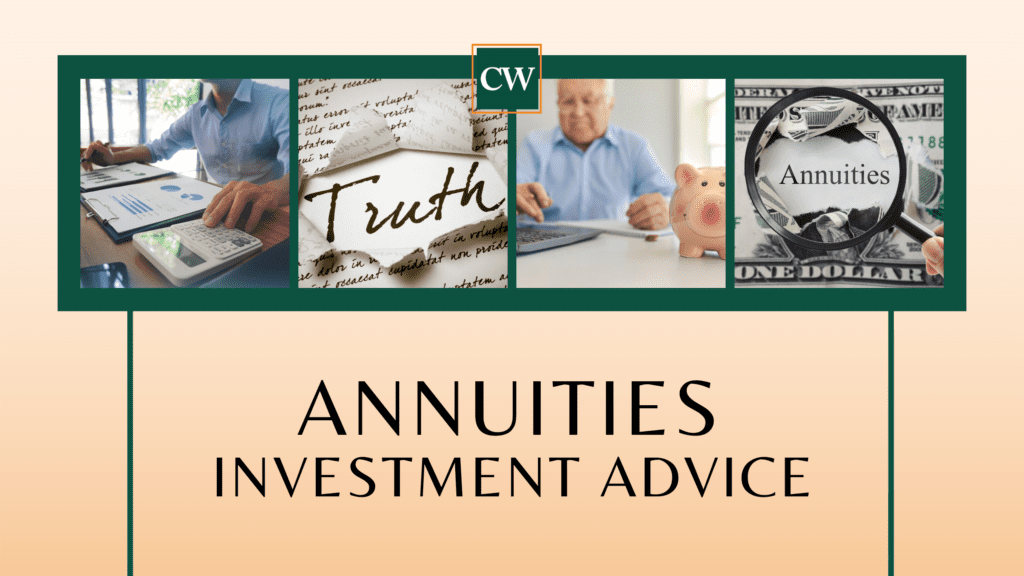Calendar momentum and summer market cyclicality
May marks the beginning of the frequently-feared potential summer swoon in financial markets, a period – not ending until October – when stocks and other instruments of their ilk have “historically” posted poor returns, at least often enough to get the reputation that the summer stinks for stocks.
Sell in may and go away – origin of the expression
The expression is said to come from the Merry Old English habit of the City of London’s financial barons’ buggin out of the hot city – on horseback and in carriage – to catch a cool county breeze for a spell, don’t you know.
These days the Masters of the Universe head to the Hamptons – or still tonier tableaux – but the underlying rationale is the same: you can’t pay good attention to your assets if you’re parked in the sand with a drink in your hand, so the responsible thing is to go to cash until summer’s over and you’re the master of your destiny once again.
Certainly, many other factors can jostle to the stock markets in early May, which can give new credence to the sell-in-May cult.
Whether a self-fulfilling prophecy induced by the selling pressure implied by this theory, or for other reasons, this “lazy, hazy crazy days of summer” effect is well documented and has been quite “reliable” for at least six decades-plus.
Of course, the trend is the trend, as the technicians say, until it isn’t.
Historical stock patterns shift and change – not always reliable
The Swiss-watch predictability seems to have ended in 2013, and investors getting out of the market during summer in a few of the last couple years had cause to cry in their beer. Longer and different study periods have dumped iced cooler water on the sell-in-May oracle, finding high summer – June to August – to have been one of the most predictable and profitable investment periods of the year for periods stretching back to early in the 20th century.
Go figure.
Are seasonal stock patterns real or illusion?
Perhaps the factors affecting seasonality have changed, or perhaps – and stake me on the ant pile in this camp – the “obviousness” of seasonality is in reality mere chimera, just an artifact of the human brain inferring patterns where none exist, as it is wont, even hardwired, to do. In other words, you can’t time the market, past returns are no assurance of future results, and trust in the Easter bunny, but buy your own eggs.
So what’s a sober – or vacationing – investor to do? Stay the course, stocks for the long term, and all that. But pay attention to historical patterns – like this and the venerated January Effect – knowing that while patterns change and fade over time, they can still retain valuable predictive value.
Buy, count and hold? Or trade with the trends?
Of course, this is anathema to value investors and efficient market aficionados, who are advised to remain especially attentive to fair value, and try hard to avoid overpaying. For them, that means do the homework, even if it involves math.
In times like these, they should ask themselves, “what would Warren Buffett do?”
Whichever way your analysis tends, we wish you happy hunting! Stay cool, and enjoy all that soda, and pretzels, and beer.




